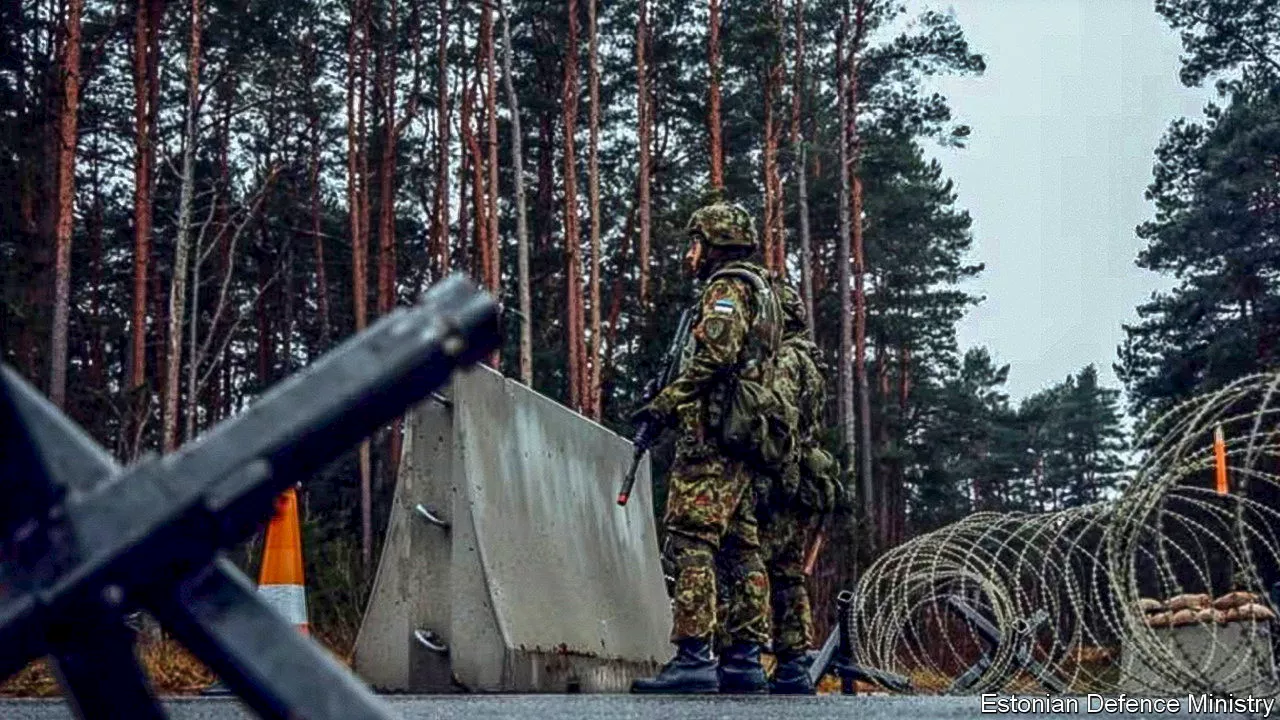Russia’s formidable installations in Ukraine are reviving interest in fortification
back in fashion. Ukraine’s counter-offensive last year was stymied by the so-called Surovikin line: a sprawling array of Russian minefields, trenches, anti-tank obstacles and old-fashioned barbed wire, among other impediments. As Ukrainian forces slowed down to clear mines, bridge ditches and bulldoze obstacles, they were observed by drones and hit with a hail of anti-tank missiles and suicide drones.
Estonian officials estimate their stretch of the border will need around 600 concrete bunkers, each 35 square metres, each capable of holding around ten soldiers and taking a hit from a large shell. Prototype bunkers are being developed and construction is expected to start next year, at a cost of around €60m . The aim is not to create an impregnable fortress but to slow invaders, wear them down and buy time to bring up reinforcements.
The catch is not military engineering but democratic consent. “The most important part is agreement with landowners,” says Ms Lillevali, noting that most of the borderlands are privately owned. She says there has been little sign of pushback from Russian-speaking minorities in the area. Locals may be reassured by the fact that the armed forces do not plan to store explosives near the strongholds in peacetime, nor install anti-personnel landmines, which are illegal under the Ottawa Treaty.
The appeal of fortifications is easy to see. European officials worry that Russia’s breakneck rearmament is outpacing Europe’s own effort to. Baltic leaders have emphasised that even small Russian advances could be existentially threatening to their states. “It cannot be ruled out that within a three to five year period, Russia will test Article 5 and’s assessment in 2023. This is new information that is coming to the fore now.
But Russia’s successful defence has also prompted a wider rethink. Russian fortifications in southern and eastern Ukraine were the most extensive defensive works in Europe since the second world war, according to analysis by the Centre for Strategic and International Studies, an American think-tank. They are probably rivalled only by the minefields and obstacles on the inter-Korean border.
Australia Latest News, Australia Headlines
Similar News:You can also read news stories similar to this one that we have collected from other news sources.
 Closure threat to Ayrshire community hub leaves service users fearing for their futureThe Morven Day Centre in Kilmarnock, which provides support and activities for adults with mental health problems or learning disabilities, is facing closure due to withdrawal of funding. Service users express their concerns about the potential impact on their lives.
Closure threat to Ayrshire community hub leaves service users fearing for their futureThe Morven Day Centre in Kilmarnock, which provides support and activities for adults with mental health problems or learning disabilities, is facing closure due to withdrawal of funding. Service users express their concerns about the potential impact on their lives.
Read more »
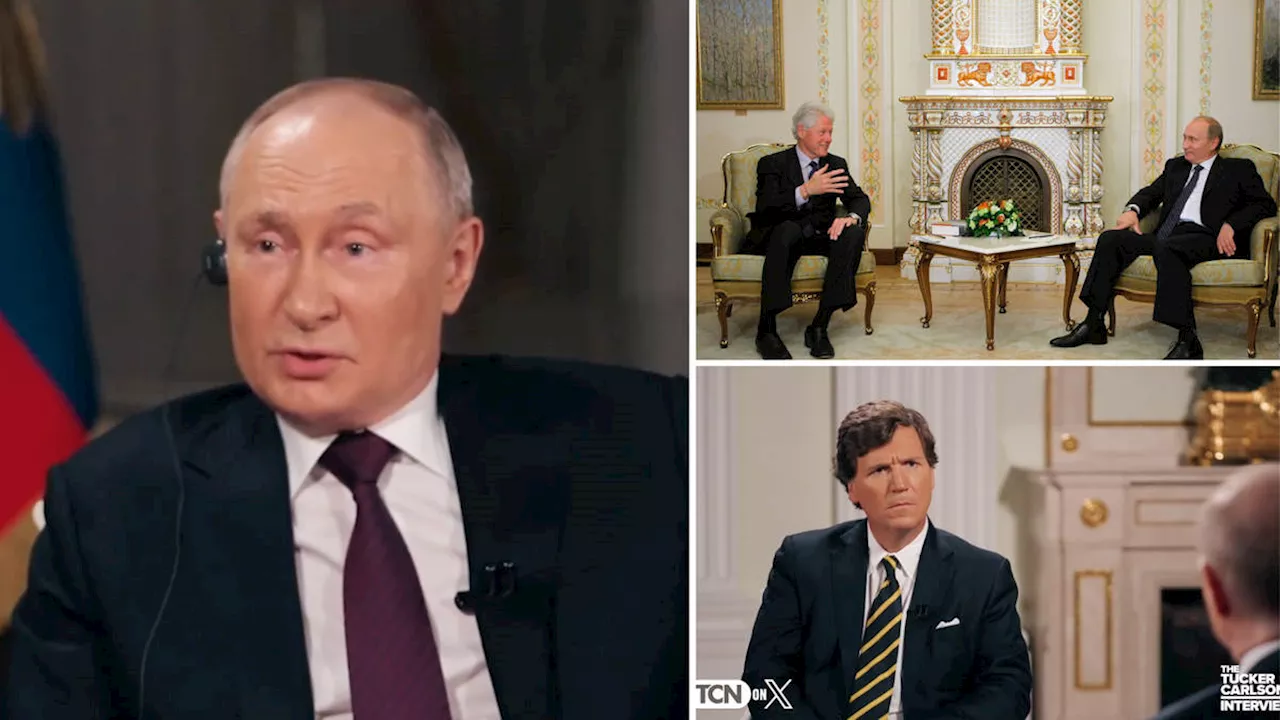 Bill Clinton 'suggested Russia join NATO', Putin claims in bombshell interview, as he blames Boris for...Bill Clinton deceived Russia about joining NATO, Vladimir Putin has claimed in a new bombshell interview.
Bill Clinton 'suggested Russia join NATO', Putin claims in bombshell interview, as he blames Boris for...Bill Clinton deceived Russia about joining NATO, Vladimir Putin has claimed in a new bombshell interview.
Read more »
 Ukraine Attacks Russian Oil Refineries With DronesUkraine has carried out operations in southern Russia, attacking two Russian oil refineries with drones.
Ukraine Attacks Russian Oil Refineries With DronesUkraine has carried out operations in southern Russia, attacking two Russian oil refineries with drones.
Read more »
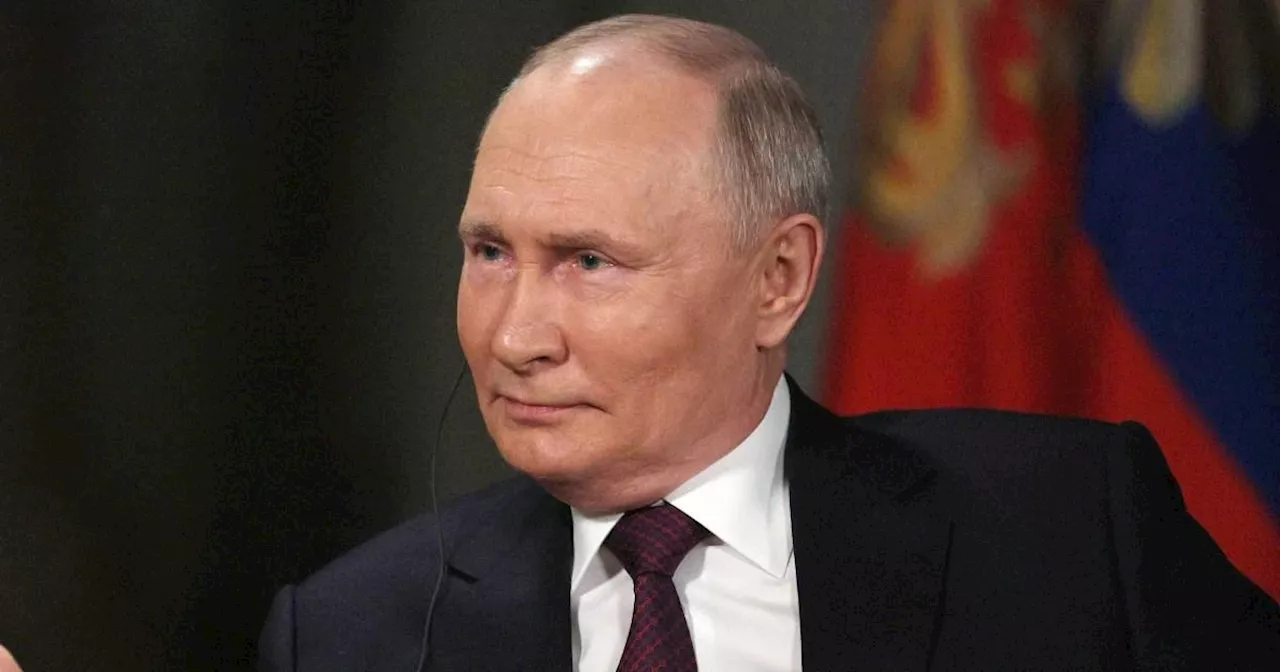 Putin reveals 'one case' where Russia would invade European countries'Only one condition: If Poland attacked Russia...A global war will bring all humanity to the brink of destruction.'
Putin reveals 'one case' where Russia would invade European countries'Only one condition: If Poland attacked Russia...A global war will bring all humanity to the brink of destruction.'
Read more »
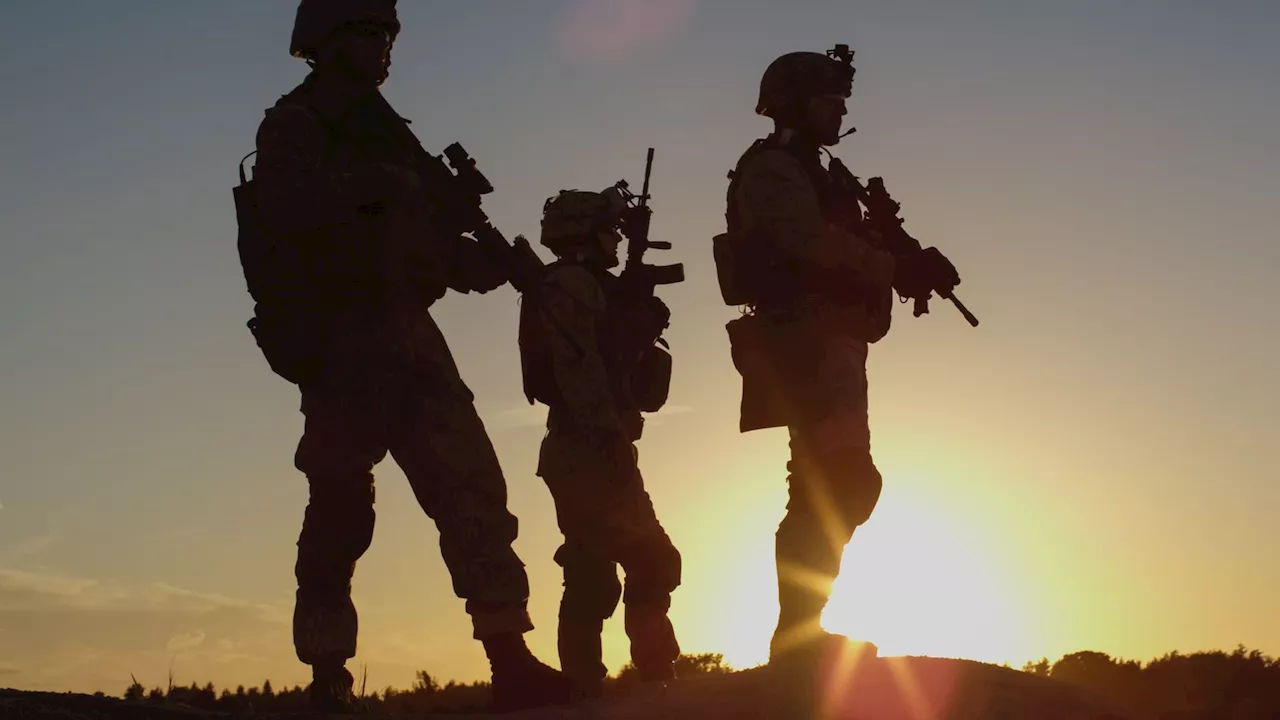 Threat of World War Three Looms Large as Defence Secretary Warns of Potential ConflictsDefence Secretary Grant Shapps warns of potential wars involving China, Russia, North Korea, and Iran in the next five years. The head of the British Army suggests UK citizens should be prepared for war with Russia. Anxiety about conscription arises.
Threat of World War Three Looms Large as Defence Secretary Warns of Potential ConflictsDefence Secretary Grant Shapps warns of potential wars involving China, Russia, North Korea, and Iran in the next five years. The head of the British Army suggests UK citizens should be prepared for war with Russia. Anxiety about conscription arises.
Read more »
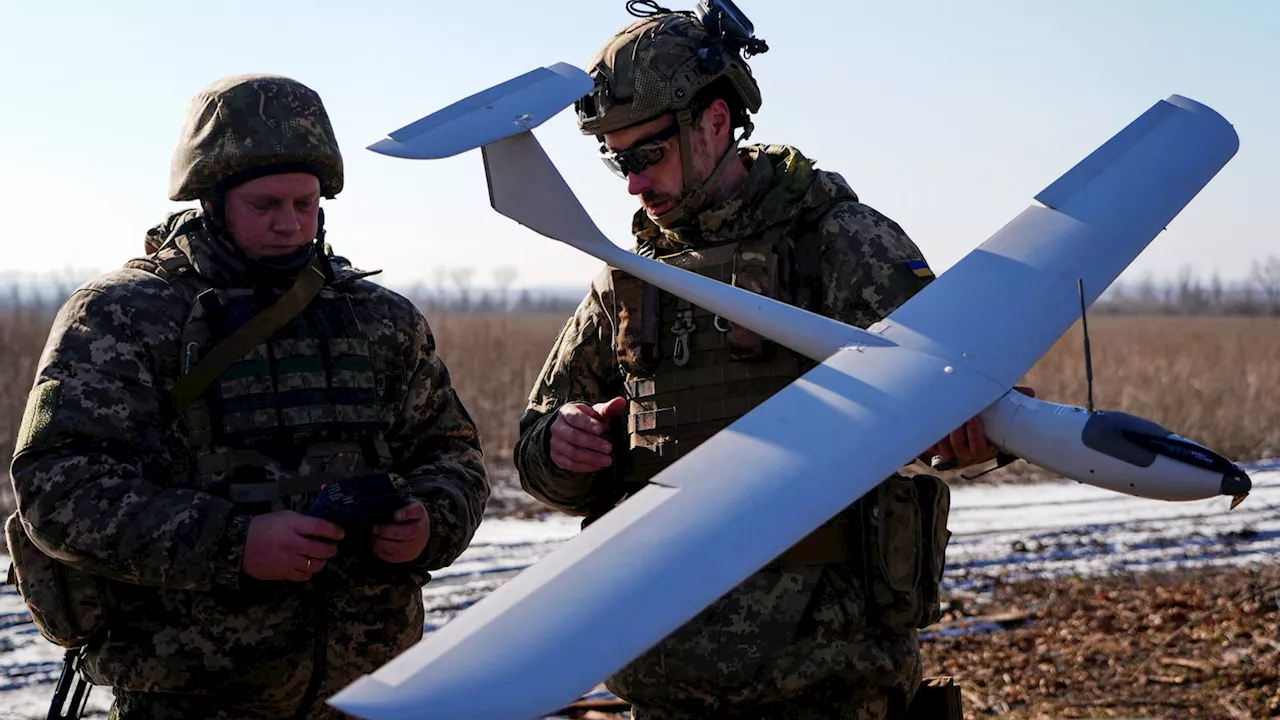 The Rise of Military UAVs in Modern WarfareSince Russia's illegal invasion of Ukraine there has been a revolution in the role of military UAVs (unmanned air vehicles), which have enabled much smaller forces to prevail against the traditionally dominant military powers. Has drone warfare become the dominant military capability for the underdog?
The Rise of Military UAVs in Modern WarfareSince Russia's illegal invasion of Ukraine there has been a revolution in the role of military UAVs (unmanned air vehicles), which have enabled much smaller forces to prevail against the traditionally dominant military powers. Has drone warfare become the dominant military capability for the underdog?
Read more »
